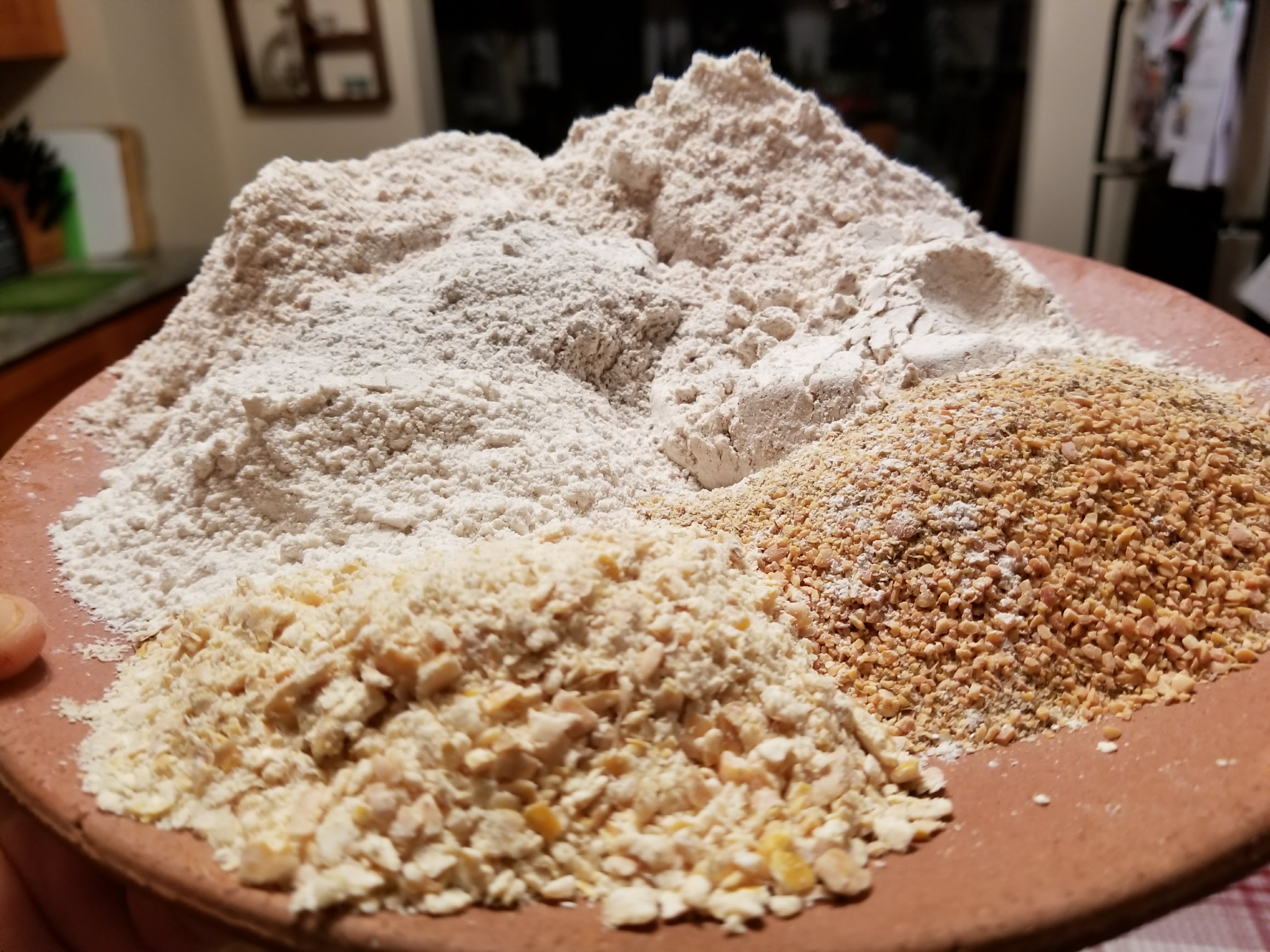How the times change. Today, this rye could be an expensive artisan loaf in a high end bakery. In dark ages Europe, it was food for peasants.


This is a true Middle Ages commoner’s bread, as there is no wheat flour involved. It’s almost all rye, but cut with a little barley and oats which were the only grains many serfs across Medieval northwest Europe would have had on hand. It makes a dense, chewy bread, whose texture still manages to be pleasant, that’s healthy for a carbohydrate, and packed with tangy rye flavor. It’s also very easy to make, with no kneading required, just many hours of waiting time.

Though be careful where you get your rye from. You don’t want to contract St. Anthony’s Fire like poor old Waigulf from the other side of the manor. Ate a bad loaf and was dead soon afterward, ‘e was.
Continue reading “Hearty Dark Rye Bread”








